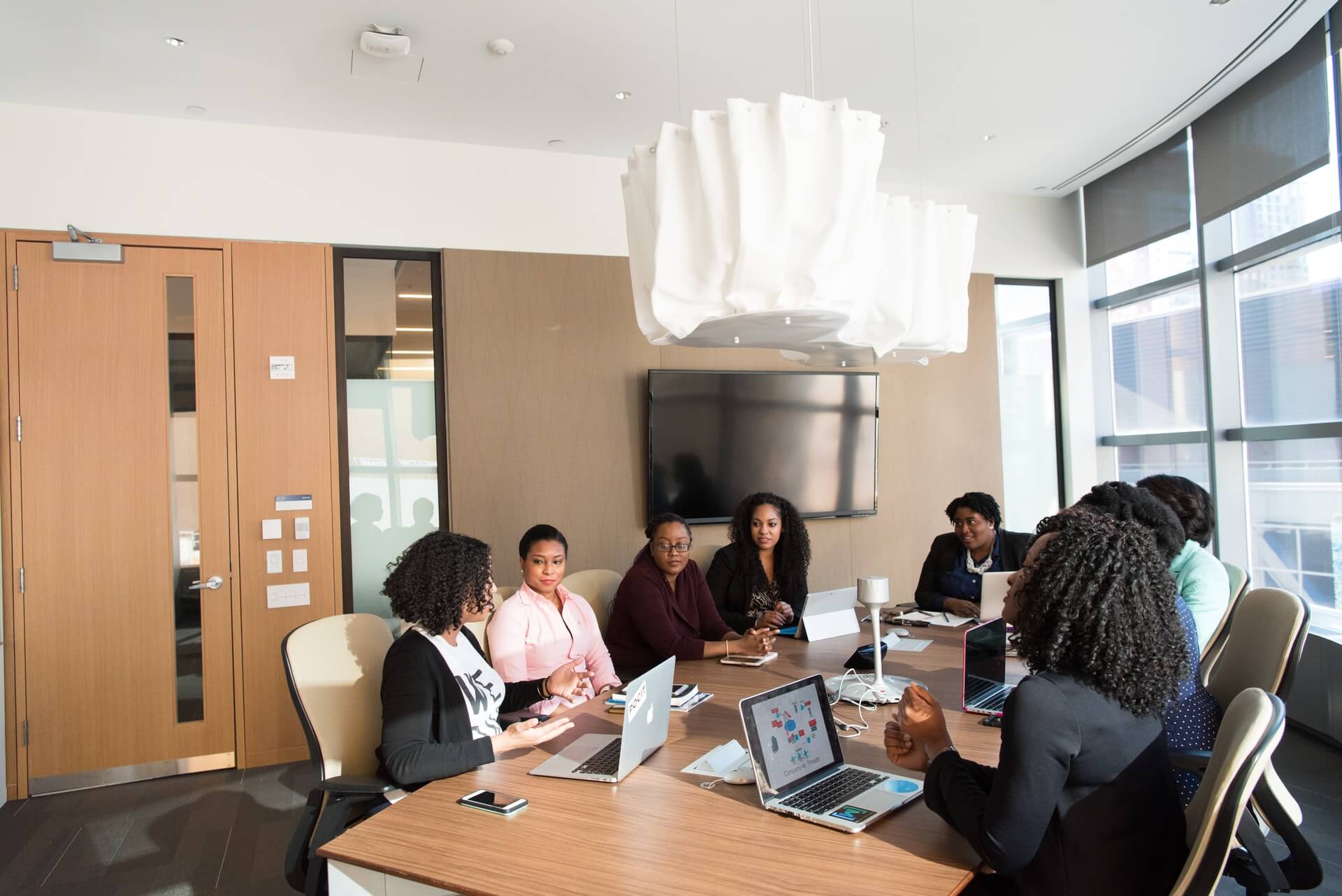So What is Coaching?
The field of personal and professional coaching has grown rapidly in the past 15 years…
Our content is reader-supported. Things you buy through links on our site may earn us a commission
Never miss out on well-researched articles in your field of interest with our weekly newsletter.


The field of personal and professional coaching has grown rapidly in the past 15 years…

Especially for boards in change projects for small- to medium-sized corporations, the Board can be…

As a consultant, you work with clients to solve problems. Or, perhaps your philosophy is…

There’s a lot of money available to help small businesses, and it seems like there’ll…

Free Advice Too Often Backfires On You During a recession when potential clients are more…

Relationships Are Key. Those three words summarize all practical and academic research about fundraising. It…

The following is a guest post from Anne Marie Smith. Let’s play a quick word…

In a CFC campaign, each Federal employee gets a pledge card with a long list…

In workplace giving, workers solicit funds from their co-workers, and the Combined Federal Campaign (CFC)…

Staying Sane When Leading Others: Summary Principles Everyone in management has gone through the transition…

(See Part 1 of 2) Relationship Model Steven Block proposes a model that, instead of…

This blog is for you, the reader. We take your feedback very seriously. Please take…

This blog is for you, the reader. We take your feedback very seriously. Please take…
Guest post from Claudia Vandermilt: As a project manager, your teams rely on your leadership…
The following list was graciously contributed by Marc Bonnemains, and is from a LinkedIn discussion…

7 Vital Total Quality Management Principles Guest post from Quin Harris Total Quality Management (TQM)…